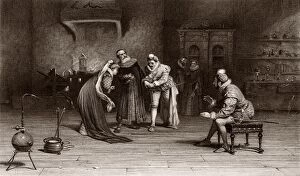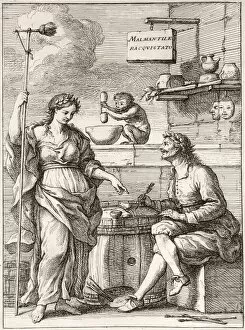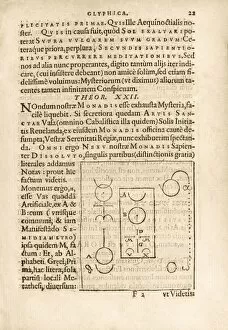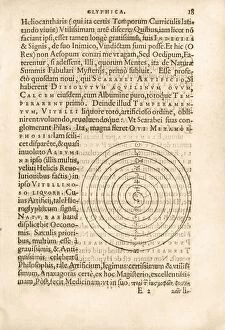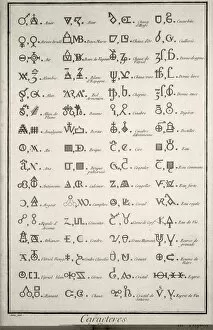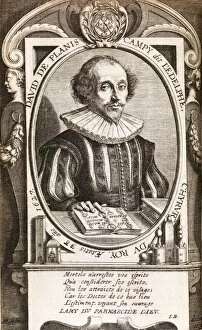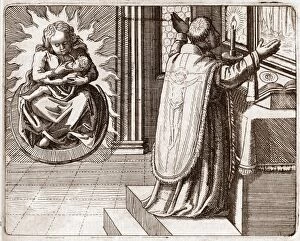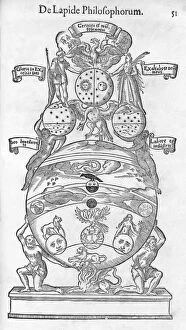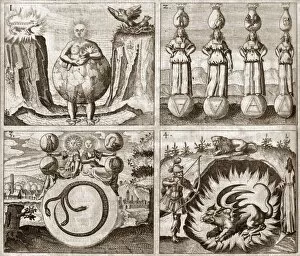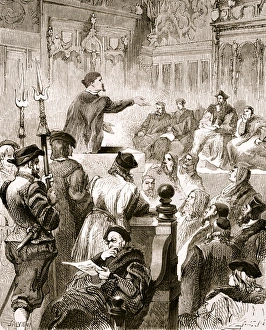Alchemical Collection (page 2)
"Unlocking the Mysteries of Alchemical Wisdom: From the Alchemical Tree to Taoism" Step into a world where ancient wisdom intertwines with mystical practices
All Professionally Made to Order for Quick Shipping
"Unlocking the Mysteries of Alchemical Wisdom: From the Alchemical Tree to Taoism" Step into a world where ancient wisdom intertwines with mystical practices, as we delve into the realm of alchemy. The enigmatic art of transmutation has captivated minds for centuries, and its secrets are unveiled through intriguing symbols and captivating illustrations. Behold "Philosophia reformata, " an intricate masterpiece that unveils the true principles of all things. Fig. 1 from Jacob Behmen's works serves as a gateway to understanding the profound depths of alchemy's teachings. In Taoism, we witness the last phase meditation, where practitioners seek harmony between body and spirit. This Chinese tradition embraces nature's transformative power in pursuit of enlightenment. The Crowned Hermaphrodite on vellum embodies both masculine and feminine energies, symbolizing unity and balance—an essential concept within alchemy's esoteric philosophy. Great alchemists inspire diligent work in laboratories worldwide; their legacy lives on through "Theatrum Chemicum Britannicum. " These pioneers paved the way for modern chemistry by unraveling nature's hidden secrets. Witness a salamander burn in "Musaeum Hermeticum, " an engraving that represents purification by fire—a crucial step towards achieving spiritual transformation in alchemy. A Philosopher heralds new beginnings in another engraving from "Musaeum Hermeticum. " As he holds his staff high, he beckons us to embark on our own inner journey towards self-discovery and enlightenment. Furnaces, retorts, stills—these apparatuses used by chemists embody dedication to uncovering life's mysteries. They serve as tangible tools bridging science with spirituality within the realm of alchemy. "The Alchemist, " portrayed in oil on panel, captures one immersed in his workshop—a sanctuary where dreams merge with reality. Here lies a sacred space where matter is transformed into gold, both literally and metaphorically.



